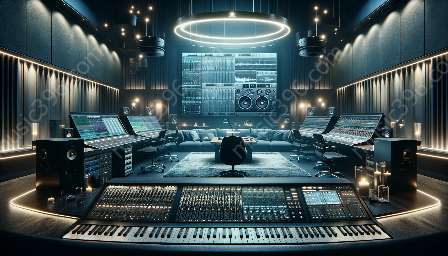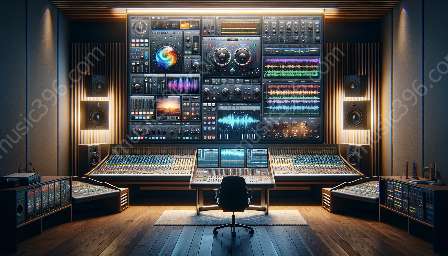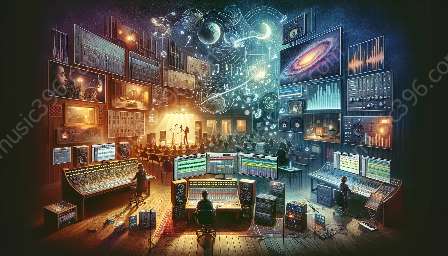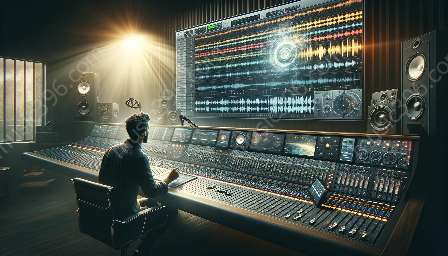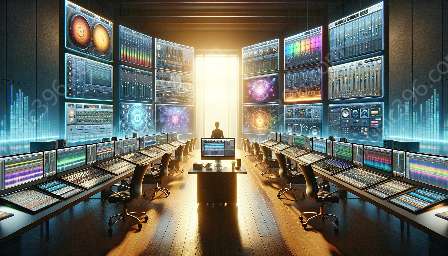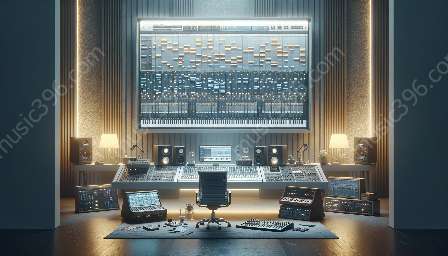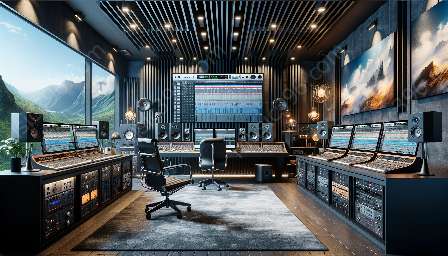Traditional music forms are cultural treasures that have been passed down through generations, reflecting the history, customs, and emotions of diverse societies. The preservation and reinterpretation of these traditional music forms in the context of digital audio workstations (DAW) and audio sampling brings a unique blend of heritage and modern technology. In this comprehensive guide, we delve into the significance of preserving traditional music, the role of audio sampling in DAW, and the ways in which these elements intersect to create captivating musical experiences.
Preservation of Traditional Music Forms
The preservation of traditional music forms is essential for maintaining cultural identity and heritage. Traditional music is deeply rooted in the historical, social, and geographical contexts of different communities. It serves as a powerful medium for storytelling, expressing emotions, and celebrating rituals and ceremonies. Through preservation efforts, these rich musical traditions continue to thrive, connecting people to their roots and fostering a sense of belonging.
One of the primary challenges in preserving traditional music forms lies in the oral transmission and potential loss of these cultural treasures. Factors such as globalization, urbanization, and technological advancements can lead to the erosion of traditional music practices. As a result, there is a growing need to document and safeguard these musical traditions through various means such as audio recordings, video archives, and written documentation.
Reinterpretation of Traditional Music Forms
While preservation is crucial, the reinterpretation of traditional music forms breathes new life into age-old melodies and rhythms. Reinterpretation involves integrating traditional music with contemporary elements, reimagining and adapting it to resonate with modern audiences. This creative process often involves exploring innovative techniques, instrumentation, and production methods to bridge the past and the present.
Furthermore, reinterpretation encourages cultural exchange and collaboration, allowing traditional music to evolve while retaining its essence and authenticity. It opens doors for cross-cultural interactions and fosters a deeper understanding and appreciation of diverse musical heritages. Additionally, reinterpretation presents opportunities for artists to experiment with new sounds and styles, ultimately expanding the reach and impact of traditional music on a global scale.
Audio Sampling in Digital Audio Workstations
Audio sampling is a fundamental aspect of music production, particularly in the realm of digital audio workstations. It involves extracting and manipulating snippets of sound from existing recordings, including traditional music, to create new compositions. Digital audio workstations provide a versatile platform for artists to explore and utilize audio sampling as a means to incorporate traditional music elements into their projects.
Through sampling, musicians can seamlessly integrate traditional instruments, vocals, and rhythms into their compositions, infusing their work with the rich textures and nuances of traditional music forms. Additionally, advancements in audio sampling technology have made it more accessible and intuitive for artists to curate and manipulate samples, opening new avenues for creativity and experimentation.
Compatibility with Digital Audio Workstations
The compatibility of traditional music forms with digital audio workstations showcases the harmonious fusion of heritage and innovation. Digital audio workstations offer an array of tools and functionalities that empower artists to preserve, reinterpret, and embellish traditional music through audio sampling. Whether it's organizing, editing, or applying effects to sampled material, DAWs provide a comprehensive environment for musicians to seamlessly blend traditional and modern musical elements.
Furthermore, the integration of traditional music forms within digital audio workstations extends beyond mere sampling, as it enables artists to explore various production techniques and workflows. This synergy allows for the creation of evocative musical compositions that honor the legacy of traditional music while embracing contemporary sonic landscapes.
Preserving and Reinterpreting with Technology
Technology serves as a powerful ally in the preservation and reinterpretation of traditional music forms. From digitizing archival recordings to leveraging advanced audio processing tools, technology plays a pivotal role in safeguarding traditional music while facilitating its evolution in the digital era. Through digital preservation initiatives, traditional music archives are digitized, ensuring their longevity and accessibility for future generations. Moreover, technological advancements enable artists to explore new sonic possibilities, seamlessly blending traditional and digital sounds in captivating ways.
Conclusion
The preservation and reinterpretation of traditional music forms in the age of digital audio workstations and audio sampling represent a harmonious convergence of heritage and innovation. As artists continue to bridge the past and the present through their creative endeavors, the rich tapestry of traditional music remains as vibrant and relevant as ever. By nurturing these cultural treasures and infusing them with modern technologies, we pave the way for a musical landscape that reveres tradition while embracing the endless possibilities of the digital age.

